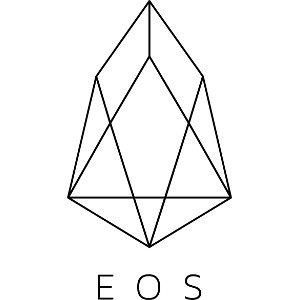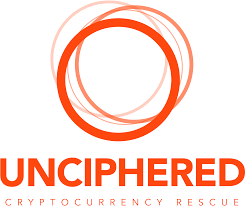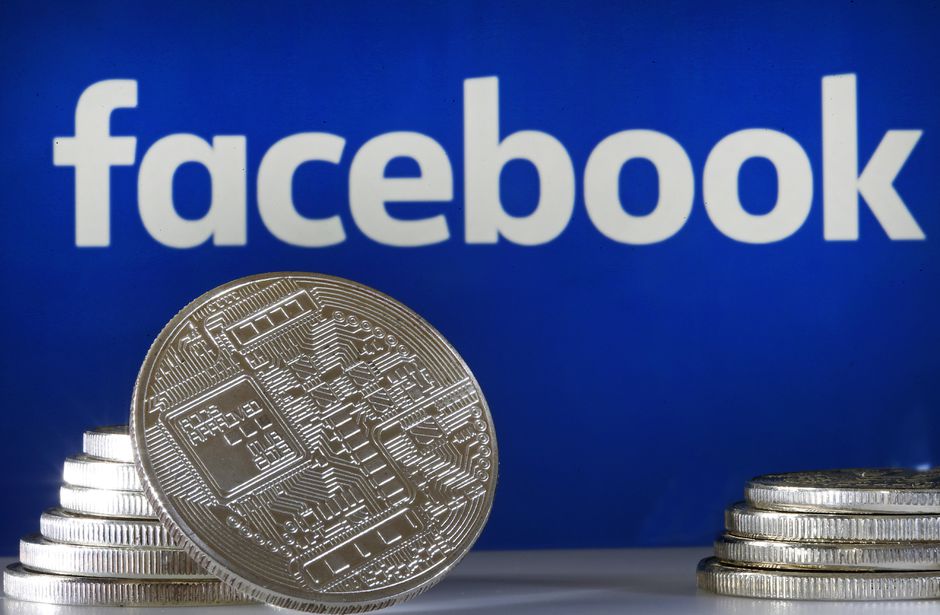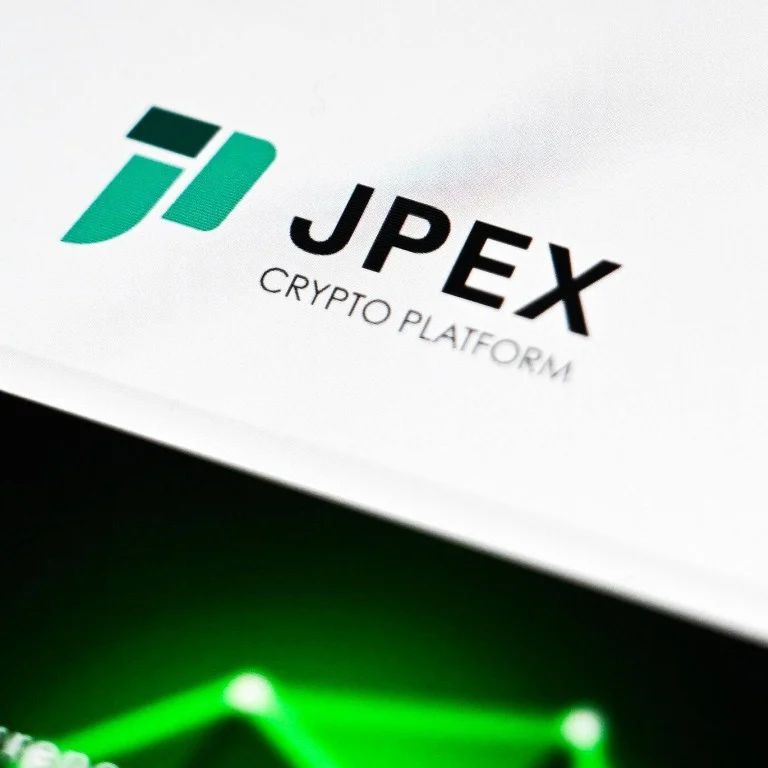EOS has been developed to function primarily as a “settlement layer”. What this means is that unlike cryptocurrencies like Bitcoin, who were created to function as “digital cash” that can be easily transacted with, EOS was created as a network that will act as a foundation for building decentralized applications for commercial use.
Other coins, like Lisk and Ethereum, have been developed for similar purposes. The innovative edges that EOS brings to the table are that EOS has no transaction fees and can process thousands of transactions per second. According to the EOS whitepaper, this is because of the network’s use of Horizontal Scalability.
EOS is the first blockchain that will have its own constitution. While the constitution has not been written or ratified, Dan Larimer (CTO of EOS) has said that “blockchains could bind users together in a peer-to-peer constitution with the aim of securing user rights and enabling dispute resolution. Any two users who sign the contract by virtue of their use of the blockchain are counter-parties to one contract.”
EOS is open source, and its code can be viewed at github.com/EOSIO. Some developers in the crypto community have criticised EOS as being a copy-and-paste of BitShares, a former project of Dan Larimer’s (CTO of EOS).
How does EOS Work?
EOS is built on Dan Larimer’s Delegated Proof-of-Stake protocol (DPoS). The protocol uses nodes that act as “producers” to verify transactions; the responsibility is delegated at random. In exchange for acting as a “producer”, nodes are rewarded with EOS tokens.
According to the EOS whitepaper, the DPoS protocol is what allows the network to operate free of transaction fees. Fewer nodes are required to verify transactions, which has the result of requiring less energy to operate the network as a whole. Additionally, the delegated nature of verification assignments prevents centralization of the network–it isn’t just the users with the biggest, shiniest computers who get all of the token rewards (a problem that Proof-of-Work networks, like Bitcoin, often have).
The EOS protocol integrates Horizontal Scalability, which allows the EOS network to process up to 100,000 transactions per second. Horizontal Scalability combines several hardware and/or software entities into a single entity that acts as one to process transactions. Traditionally, most networks have used Vertical Scalability, which involves adding more computing power to a single entity (ie adding more CPU or RAM to a single computer) that processes transactions.
However, DPoS has not gone without its share of criticism and controversy. Tone Vays, a blockchain consultant in some of Dan Larimer’s other projects, has remarked that DPoS can be manipulated to benefit a small group of insiders. “Both Bitshares and Steemit [Larimer’s other projects] allowed insiders to create lots of tokens for themselves, and after that, the proof-of-stake nature of the project allowed those insiders to print tokens of value for themselves in perpetuity,” Vays reported.
EOS Team
Having a knowledgeable, innovative, and dedicated team is essential to the success of a cryptocurrency as a technology and an investment. In order to be really successful, a coin must have two things: 1) excellent software development, and 2) a savvy marketing and investment agenda.
The EOS team consists of blockchain developers and venture capitalists who have proven their knowledge and ability to create, maintain, and market amazing technology. However, some of the figures that comprise the EOS team have brought a bit of controversy to the EOS stage.
EOS has a relatively high-profile team in the crypto world. Brendan Blumer is the CEO of Block.one, the company behind EOS. A blossoming figure in the crypto world since 2014, Blumer started his career as an entrepreneur selling digital assets in MMORPGs and has since created several successful businesses, including okay.com.
The Block.one CTO is Dan Larimer, co-founder of Steemit and inventor of the Proof-of-Stake algorithm. Larimer’s career is widely regarded as a “success story” in the crypto world, but he has been criticised in the past for his role as the creator of Bitshares, which some in the crypto community blasted as being deceptive in nature. Criticism continued at his decision to abruptly leave the project, which had no clear path forward at the time.
Larimer has railed against these criticisms, saying that the BitShares protocol solved a major problem in blockchain technology by introducing Horizontal Scalability, a concept that allows a network to process thousands of transactions per second.
Also on the team are Partners Ian Grigg and Brock Pierce. A well-known financial cryptographer, Ian Grigg has been building and developing blockchains and similar technologies for more than 20 years. He is known as the creator of the Ricardian Contract and the co-creator of Triple Entry Accounting.
Brock Pierce is best known as the Chairman of the Bitcoin Foundation and co-founder of Blockchain Capital. Pierce has garnered a reputation as a highly successful venture capitalist, but his rise to success has not been without controversy–in 1999, allegations of child sex abuse were made against Pierce. When he was elected to his position at the Bitcoin Foundation, several board members resigned, citing the allegations as the cause.
EOS also has a number of reputable corporate associates, including Fenbushi Capital, Blockchain Capital, Bitfinex, Yunbi, Hyperchain Capital, and Aurora Investment advisors. These entities have acted independently as advisors and investors.
EOS as an Investment
The EOS ICO brought in a whopping $185 million, a record-breaking figure at the time. Like its creators, EOS’s ICO was surrounded with some controversy. The cause was the EOS Token Purchase Agreement, which, ironically, was intended to quell any chance of controversy from erupting. Among other things, the Token Purchase Agreement stated the following:
“…the EOS Tokens do not have any rights, uses, purpose, attributes, functionalities or features, expressed or implied. Although EOS Tokens may be tradable, they are not an investment, currency, security, commodity, a swap on a currency, security, or commodity or any kind of financial instrument.”
In other words, the EOS creators tried to make it clear that the only purpose of EOS token is to support apps created on the EOS network. However, the EOS network still isn’t fully functioning.
Accordingly, EOS has been on a steady decline since its peak of ~US$5.25 just after its ICO. At the time of writing, a single EOS token is worth $0.83 with a bearish trend.
Future of EOS
EOS has a lot to prove. If it can manage to live up to its “hype”, it may be very successful as a coin and as a network. However, the current trend suggests that EOS is living on borrowed time; it will need to start making moves to connect with commercial partners soon in order to reverse its slow fall.









